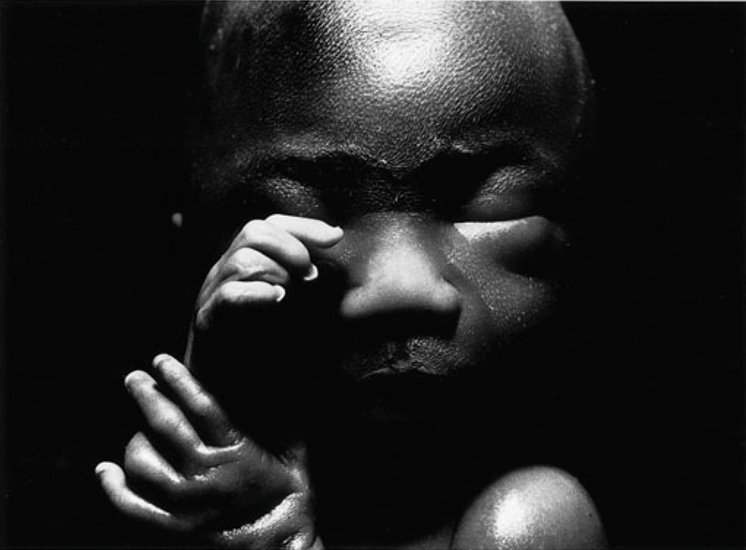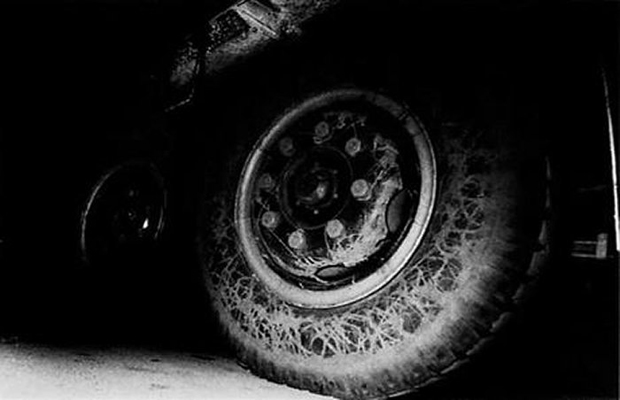
When Daido Moriyama tried to destroy photography
The photographer discusses his career, including the point when he tried to say farewell to it
There was a good profile of the master of Japanese street photography Daido Moriyama published in The Telegraph recently. Journalist Mark Hudson interviewed Moriyama in the seedy Golden Gai district of Tokyo, and got some great material. In the interview Moriyama talks though his influences, including his enthusiasm for American culture - an enthusiasm less closely shared by his predecessors, who viewed the US as an occupying force.
"We found the mixture of the Japanese and the Western already there," says Moriyama of postwar Japan. "We just accepted it. There was an American air-force base near where I grew up. The Korean War was on. I saw the planes going in and out, the American airmen in the bars with beautiful Japanese girls. It felt exciting."
He also discusses the enduring influence of Jack Kerouac's novel On The Road, which inspired Moriyama's roadside shots of cars and battered hotels. "In On The Road each phrase is like one shot," he tells the paper. "The narrative is always moving, always looking at different things at the same time."

Moriyama discusses the period in 1972, when he, perhaps following Jean-Luc Godard's attempts to 'destroy cinema' by subverting the medium, set out to destroy photography, presenting his publisher with a set of damaged negatives, which could be printed in any way the publisher saw fit.
"The book [Farewell Photography] was incomprehensible to everyone, which was what I intended," says Moriyama. "But I found that having said farewell to photography, I had nothing to do. So after about a year I started working again, but in a completely different way. I started photographing things that are in the DNA of Japan: cherry blossoms, and the most beautiful views of Japan as you'd see them in postcards - only I made these images really dark." You can read the whole piece here. To see more of his work, take a look at our monograph, or consider a trip to The Tate Modern's retrospective, where Moriyama's street photography is hung alongside the New York street photographer William Klein.